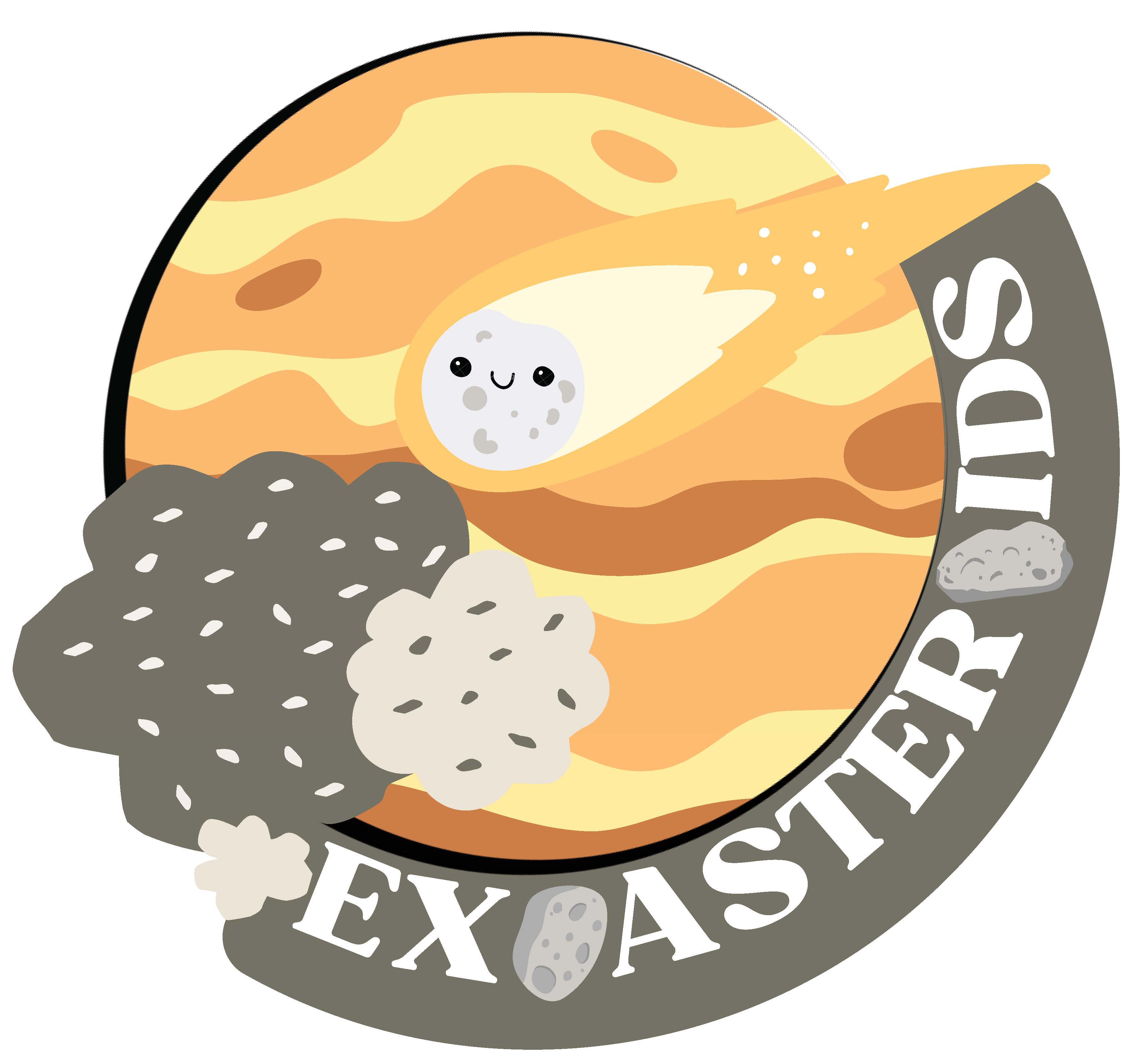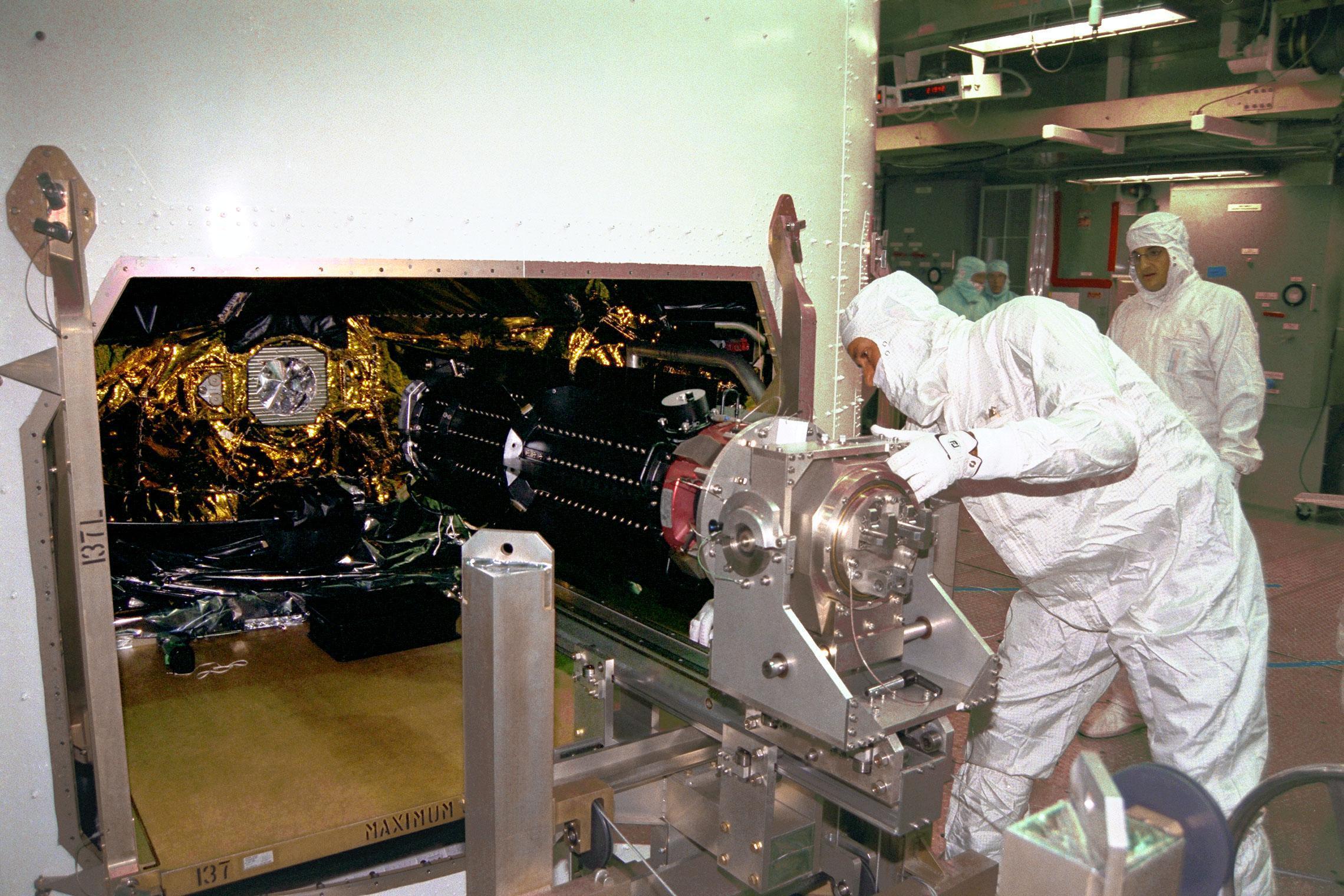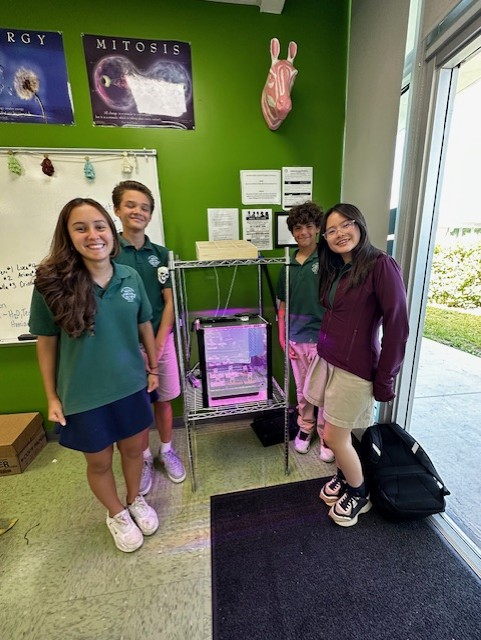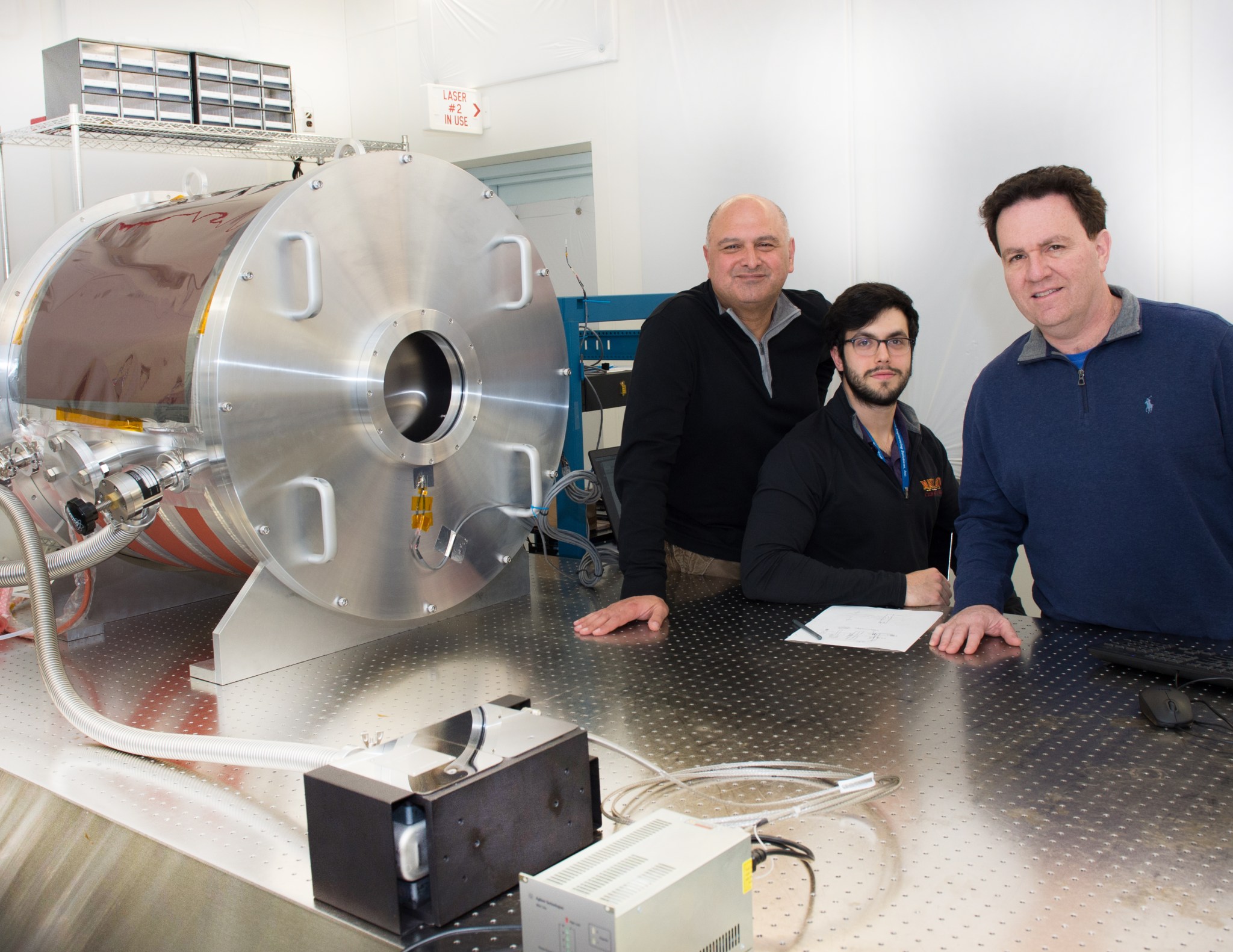Optics Experts Measure to Picometer Accuracy — a NASA First
NASA optics experts are well on the way to toppling a barrier that has thwarted scientists from achieving a long-held ambition: building an ultra-stable telescope that locates and images dozens of Earth-like planets beyond the solar system and then scrutinizes their atmospheres for signs of life.
Babak Saif and Lee Feinberg at NASA’s Goddard Space Flight Center in Greenbelt, Maryland, have shown for the first time that they can dynamically detect subatomic- or picometer-sized distortions — changes that are far smaller than an atom — across a five-foot segmented telescope mirror and its support structure. Collaborating with Perry Greenfield at the Space Telescope Science Institute in Baltimore, the team now plans to use a next-generation tool and thermal test chamber to further refine their measurements.
The measurement feat is good news to scientists studying future missions for finding and characterizing extrasolar Earth-like planets that potentially could support life.
To find life, these observatories would have to gather and focus enough light to distinguish the planet’s light from that of its much brighter parent star and then be able to dissect that light to discern different atmospheric chemical signatures, such as oxygen and methane. This would require a super-stable observatory whose optical components move or distort no more than 12 picometers, a measurement that is about one-tenth the size of a hydrogen atom.
To date, NASA has not built an observatory with such demanding stability requirements.
How Displacements Occur
Displacements and movement occur when materials used to build telescopes shrink or expand due to wildly fluctuating temperatures, such as those experienced when traveling from Earth to the frigidity of space, or when exposed to fierce launch forces more than six-and-a-half times the force of gravity.
Scientists say that even nearly imperceptible, atomic-sized movements would affect a future observatory’s ability to gather and focus enough light to image and analyze the planet’s light. Consequently, mission planners must design telescopes to picometer accuracies and then test it at the same level across the entire structure, not just between the telescope’s reflective mirrors. Movement occurring at any particular position might not accurately reflect what’s actually happening in other locations.
“These future missions will require an incredibly stable observatory,” said Azita Valinia, deputy Astrophysics Projects Division program manager. “This is one of the highest technology tall poles that future observatories of this caliber must overcome. The team’s success has shown that we are steadily whittling away at that particular obstacle.”
The Initial Test
To carry out the test, Saif and Feinberg used the High-Speed Interferometer, or HSI — an instrument that the Arizona-based 4D Technology developed to measure nanometer-sized dynamic changes in the James Webb Space Telescope’s optical components — including its 18 mirror segments, mounts, and other supporting structures — during thermal, vibration and other types of environmental testing.
Like all interferometers, the instrument splits light and then recombines it to measure tiny changes, including motion. The HSI can quickly measure dynamic changes across the mirror and other structural components, giving scientists insights into what is happening all across the telescope, not just in one particular spot.
Even though the HSI was designed to measure nanometer or molecule-sized distortions — which was the design standard for Webb — the team wanted to see it could use the same instrument, coupled with specially developed algorithms, to detect even smaller changes over the surface of a spare five-foot Webb mirror segment and its support hardware.
The test proved it could, measuring dynamic movement as small as 25 picometers — about twice the desired target, Saif said.
Next Steps
However, Goddard and 4D Technology have designed a new high-speed instrument, called a speckle interferometer, that allows measurements of both reflective and diffuse surfaces at picometer accuracies. 4D Technology has built the instrument and the Goddard team has begun initial characterization of its performance in a new thermal-vacuum test chamber that controls internal temperatures to a frosty 1-millikelvin.
Saif and Feinberg plan to place test items inside the chamber to see if they can achieve the 12-picometer target accuracy.
“I think we’ve made a lot of progress. We’re getting there,” Saif said.
For more Goddard technology news, go to https://www.nasa.gov/wp-content/uploads/2018/02/winter_2018_final_lowrez.pdf?emrc=640796
By Lori Keesey
NASA’s Goddard Space Flight Center


























